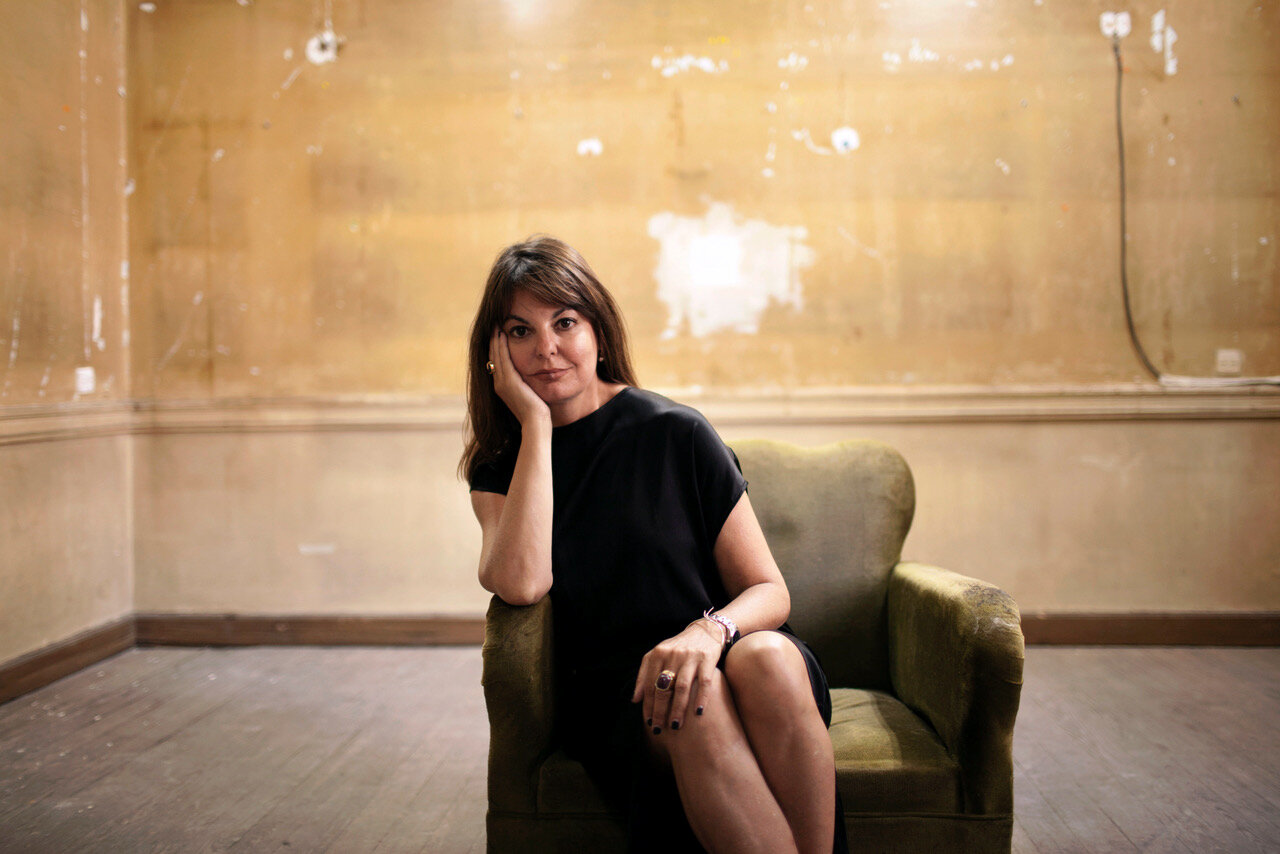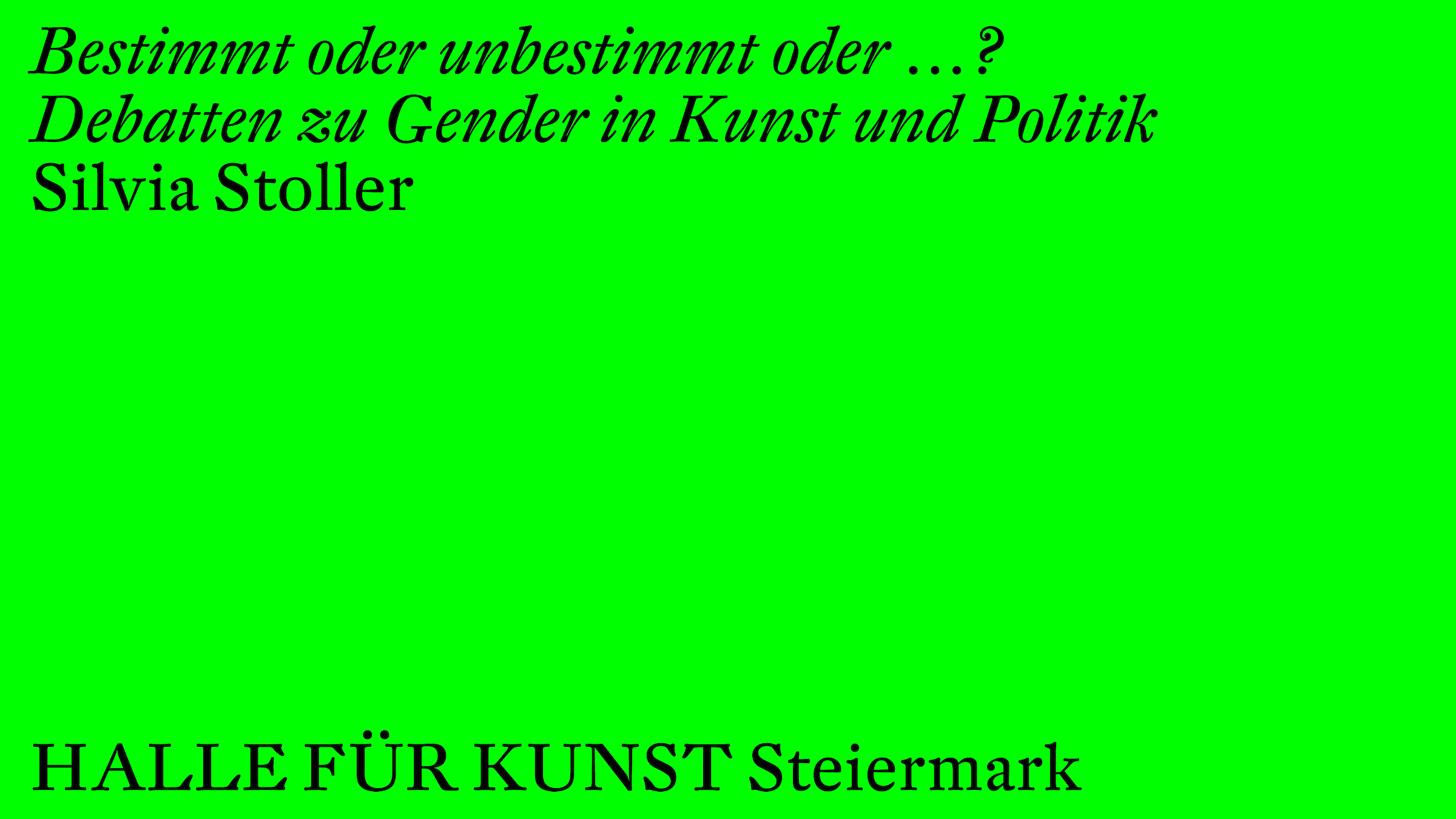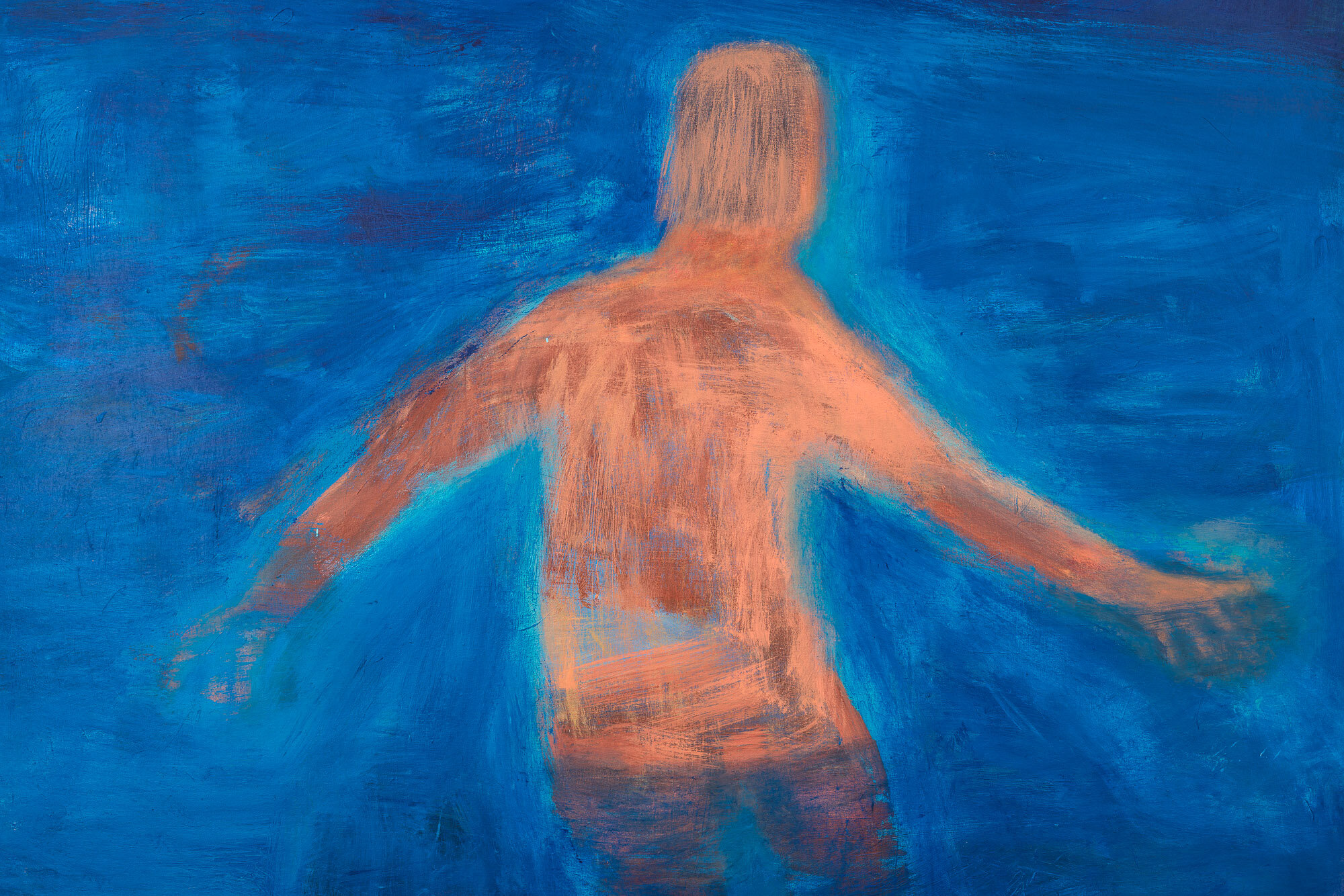Digging into the Future
by Marina Fokidis
Essay

Marina Fokidis
Photo: Evangelia Kranioti
How can the (conceptual and literal) ruins transmit knowledge through a series of presences and absences as well?
One could argue that the idealization of archaeological and historical ruins and their — supposedly — pristine reconstruction (as it happens very often in the recent decades) is not protecting the historical memory (of diverse traditions and events) but on the contrary it is erasing it. The restored (or rebuilt) monument (of any sort) is an ahistorical artefact destined to remain unaffected, not only by the passage of time, but also by the evolution of life. Monumentality and the fascination around it seems to be more a gesture that evolves the mere abstraction and the re-construction of history, rather than any sort of preservation. As paradoxical as it might sound Digging into the Future signifies a sort of return. Not necessarily a literal return in time or in a fixed topography. What is proposed here (in this title) is a re-visitation of a vast complex of heavily interpreted, and even imagined, genius loci, in the quest of an entropic progress. A progress consisting of alternate histories in coexistence as well as pre-modern networks which can only surface if we keep reconsidering the past and constantly re-narrate it towards the future.
Even so, the historical colonial narratives of “discovery” continue unstoppably within art’s geography. Practices of inclusion and exclusion, even if profoundly necessary when formed and adopted, can eventually defeat their own purpose. A spherical understanding of “history” and “geography” is needed to fight the constantly renewed demand for exoticism. So, we should continue to ask ourselves: How can the very ideas of liberation and self-determination escape the subjective viewpoint of the author that brings them together? Rather than continually articulating, rearticulating, and otherwise fixating on a series of predefined (and sometimes falsely attributed) cultural and historical traits, we should perhaps question anew time and place as they are perpetually shaped. How is the notion of a “common postcolonial heritage” upheld in times of thriving neocolonialism, triggered not only by the global economy but also by the new ultra-right-wing nationalist and authoritative forces that have gained popularity all around the globe? We have been striving for sovereignty, for recognition, and yet we shape borders, more and more borders. Our efforts may have had also some side effects. Involuntarily, we allowed nationalism to flourish as never before since the late 1920s. “It is not our differences that divide us. It is our inability to recognize, accept, and celebrate those differences,” [1] urges Audre Lorde. In a world that has been organized by colonial processes for so long, it takes effort and time, courage and introspection to fully admit this and live in justice ever after.
Where do we start, if we want to open up a possibility for discursive change to occur? Whose experiences are being narrated by whom and why? How can we fight asymmetries and unjustified hierarchies within the so-called meta colonial times? How can we respond to the popularity of the ultra-right, authoritarian, nationalist governmental morphologies? What about the formation of one strong alliance that bypasses national restrictions as we have known them so far, and which responds to new commons based on empathy and resonance shared between specific localities? What if a set of new connectivities based on common worries as well as a fresh unity under the notion of lack and not power, could be more appropriate and more inclusive? Do times call for another model of internationalism and its cultural mediation? Even if some of these questions are constantly resurfacing as part of the art and exhibition making history, they are not redundant. As long as the artistic knowledge is largely distributed through the formation of repeated patterns, then these patterns have to be constantly rediscussed, so as to be adapted to the sociopolitical changes that occur within time. The ever-changing role of the agencies of “preservation” and “representation” should hopefully respond to one core intention: to advance the genuine democratization and decolonization of the Museum (the institution) and the Self (the individually and eventually the collective body).
Europe’s mythology is based to an act of abduction. Zeus, the king of Ancient Greek gods, was enamored of Europa (a mortal Phoenician princess) and decided to seduce or rape her (which is the current meaning of ancient Greek’s understanding of seduction). He transformed himself into a tame white bull and mixed in with her father’s herds. While Europa and her helpers were gathering flowers, she saw the bull, caressed him, and eventually got onto his back. Zeus took that opportunity and ran to the sea and swam, with her on his back, to the island of Crete, where he revealed his true identity, and Europa became the first queen of Crete. Domination, violent displacement, seizure, possession, patriarchy, white supremacy, as well as appropriation, are some of the mythological foundations that the European continent was founded upon. And even if habits and connotations alter over time, these notions do not seem completely unfamiliar to its formation and evolution. Abductions of colors, of rituals, of cultures, of polyphony, of wealth, of marbles, of histories and historical objects, of people, of homelands, of human dignity, were performed towards and during the establishment of a so-called “enlightened” continent.
The eradication of empires and the coexistence within democracy became eventually the quest and the reality of Europe. Yet, it is always useful to constantly reflect on the meaning of the word empire and test our own (European) grounds in relation to it, especially when we are referring to a “modern” continent, as Europe that was built through colonization, wars and states of exception, through compulsory and invited labor and through extractions and the impoverishment of others beyond its boundaries. Together with the provision of a broader access to democracy, education and human rights our age is characterized by the perpetual re-creation of new/old Parthenon(s) made of pure white marble. This fantasy of a classical all-encompassing monument for western democracy is based on the appropriation of the historical, (factual) truth as well as on the need for the formation of new historical narratives. What about the fuchsias, the blues, the golds and the reds that decorated the Parthenon, betraying the interconnectedness of Ancient Greek with other civilizations mainly situated in the Global South? This hypothesis is, of course, a metaphor for a lot of other appropriations and cleansings.
“Current history might be about false communities and calculated absences,” argues the Invisible Committee in their 2009 book The Coming Insurrection, “however, ‘art’, as a kind of magic operation always offers an exodus from the rigid reality to a more ‘invented’ one.” [2] Indeed, art can somehow foresee a future, usually a timeless one, the aim is to instigate a hybrid space that invites not only the reassessment of diverse certainties but also their cross-contamination and their cross-fertilization. It is perhaps in this narrow gap, between the two or more conditions that have been partially separated — the heres and there the we(s) and I(s), the humans and non-humans, the ones and the others—where inconsistencies, flaws, and scarifications can be reconfigured and harnessed with sensitivity and affection. Maybe we just need to accept the nature of transition per se — the and instead of the or—and to find the paths to a series of inclusive spaces where the keys to the entrances are not pre-cut, but are discovered endlessly in the process, through mere interaction.
Instead, the fragile continuum on our planetary coexistence — our wishful appeal to we — had begun to irreversibly splinter and fragment. All of a sudden, the travel of one can jeopardize the safety of another. One country’s success in mitigating the effects of the currently worldwide spreading Coronavirus suggests the incompetence of another. The world has entered a survival-of-the-fittest phase, vocalized unashamedly as necessary. The lurking course of deglobalization that had been developing over the past few years now takes on new meaning. The supremacy of northern/western reasoning against all other “savagery” once again shines gloriously, momentarily overshadowing a huge reservoir of critical knowledge that exists outside its constraints. The covid-19 global crisis has been a great revealer of weaknesses in many governments, welfare states, and public health systems around the world. The European Union is facing its biggest challenge since the recent financial crisis. Perhaps capitalism is over in the form we knew it. Perhaps not. Perhaps now — that the pandemic seems to be disrupting the neoliberal order (which obliges people to work hard so as to spend their wage on uncontrollable consumption, in the benefit of the few), is the time to recognize that we are part of a new community of struggle: a community under construction. Much is being done at an individual level — of that I am certain. We must not lose this opportunity, cultivated by a global process of introspection and research, to collectively manage the unimaginable: a paradigm shift even amid a moment of great confusion and sickness. Now is the time, and so it seems so.
[1] Sister Outsider: Essays and Speeches. Trumansburg, New York: The Crossing Press. 1984. ISBN 978−0−89594−141−1. (reissued 2007)
[2] The Invisible Committee (2009). The Coming Insurrection. Los Angeles, CA: Semiotext(e). ISBN 9781584350804.







